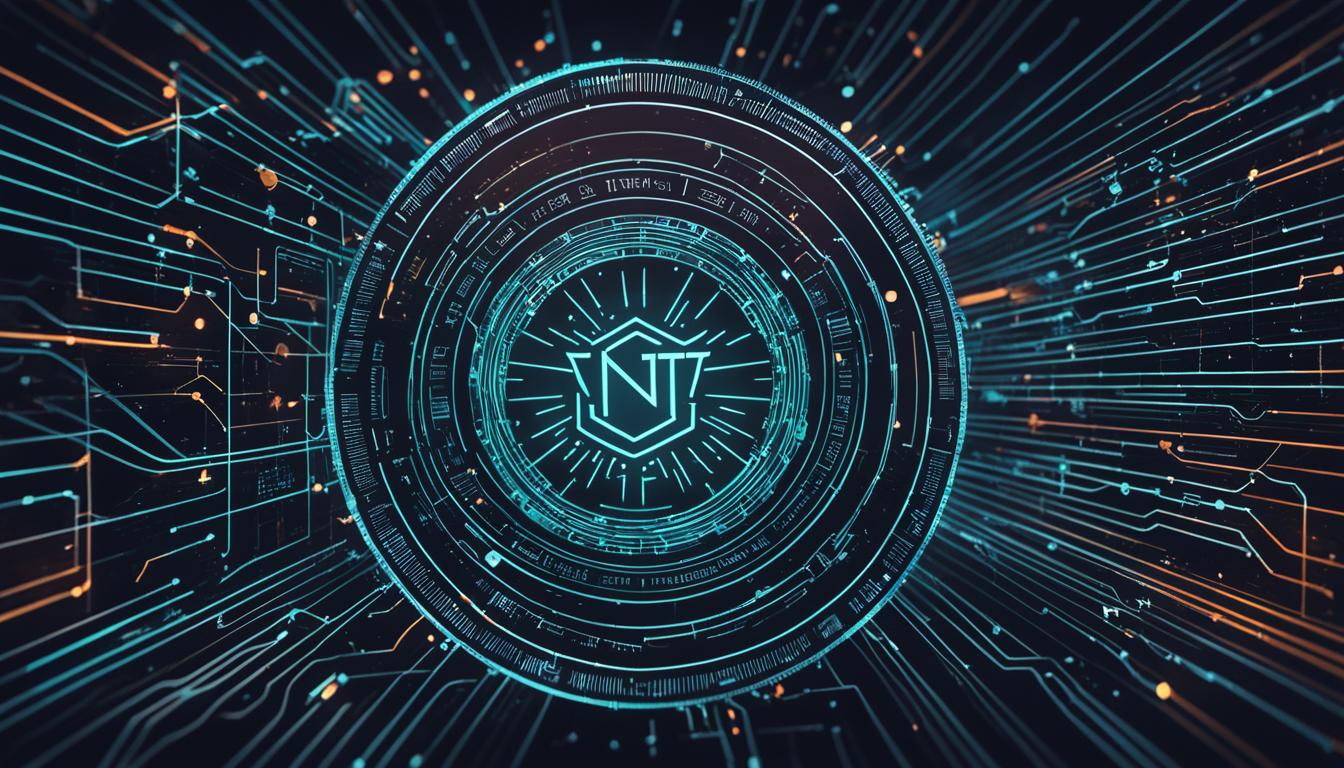Non-Fungible Tokens (NFTs) are unique digital items stored on the blockchain, representing things like artwork, real estate, or even personal property. Unlike cryptocurrencies, NFTs can’t be swapped for one another since each one is distinct and has its own identification code.
They help streamline markets by tokenizing assets but also come with some challenges, like complicated tech, legal uncertainties, and environmental concerns. While NFTs offer benefits like better security, efficiency, and asset diversity, they also have risks, such as changing regulations and environmental impact. As the NFT space grows, it’s important to keep these things in mind when diving in.

